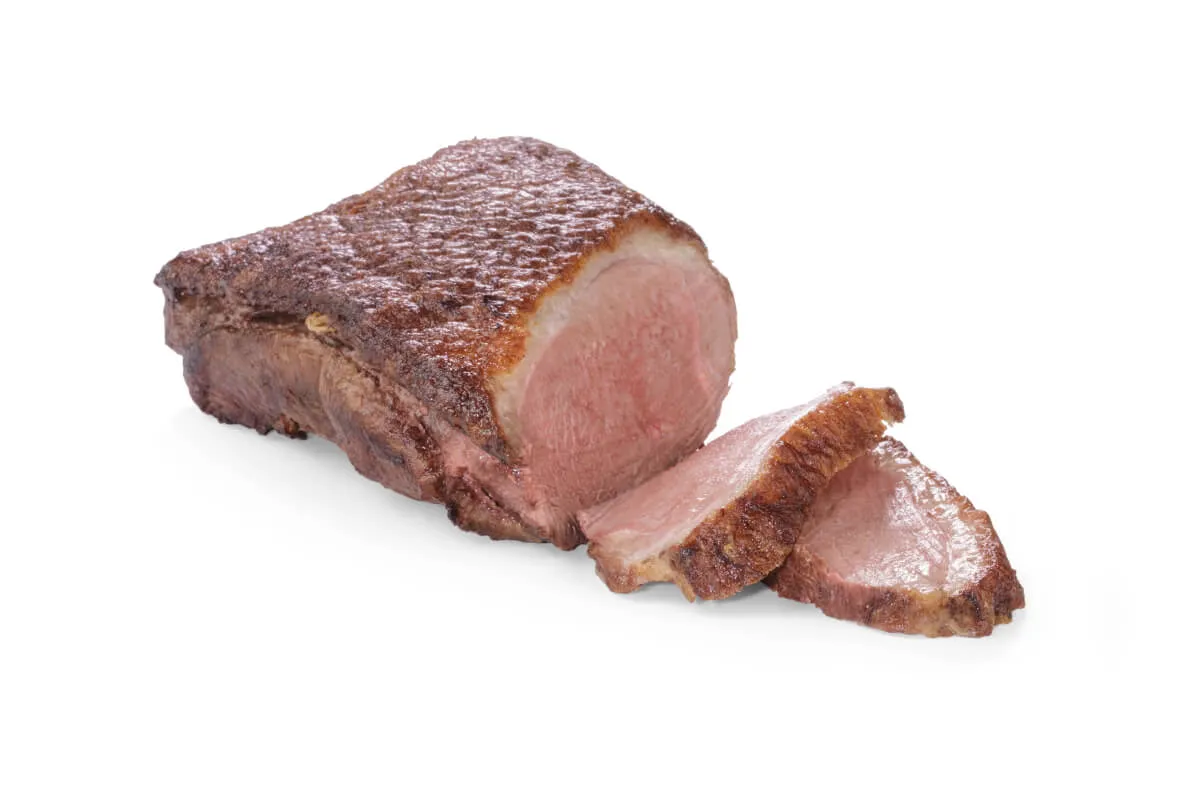For many dog owners, finding the right nutrition for their beloved pets is a top priority. When a dog develops food sensitivities, the search for a suitable diet can become a complex challenge. The concept of “Free Dog Food” takes on a deeper meaning here – not just about cost, but about freeing your dog from the discomfort and health issues caused by problematic ingredients. This guide explores how understanding grain-free and limited-ingredient diets can help you find solutions that lead to a happier, healthier life for your canine companion, even discussing ways to access such quality food.
Why Consider a Grain-Free Diet for Your Dog?
Grain-free dog food has become a popular choice, especially for dogs exhibiting signs of food sensitivities or allergies. While grains like corn, wheat, and soy are common fillers in many commercial dog foods, they can be difficult for some dogs to digest and may trigger adverse reactions. Symptoms such as itchy skin, digestive upset, chronic ear infections, or paw licking can all point towards a sensitivity to grain-based ingredients. Opting for a diet that is free from these grains can often alleviate these issues, leading to improved skin and coat health, better digestion, and increased overall vitality.
Choosing a grain-free diet means focusing on alternative carbohydrate sources that are typically easier for dogs to process. Ingredients like potatoes, peas, and sweet potatoes provide essential energy without the potential inflammatory responses associated with grains. This dietary shift can be a game-changer for dogs struggling with chronic health problems, offering a path to relief and better well-being. For pet parents exploring options, understanding what constitutes a truly grain-free formulation is crucial for making informed decisions.
 Dry bag of dog food
Dry bag of dog food
The Benefits of Limited-Ingredient Diets (LID)
Beyond being grain-free, a limited-ingredient diet (LID) is another powerful tool for managing canine food sensitivities. An LID is specifically formulated with a minimal number of ingredients, simplifying the diet and making it easier to identify potential allergens. Often, these diets feature a single novel protein source, such as duck, along with easily digestible carbohydrates. This focused approach helps reduce the likelihood of adverse reactions, providing a “clean slate” for your dog’s digestive system.
The primary goal of an LID is to minimize exposure to common allergens, allowing a dog’s body to recover and thrive. For instance, a recipe built around deboned duck and potatoes offers a lean protein and a digestible carbohydrate without relying on common triggers like chicken or beef. This careful selection of ingredients not only supports digestive health but also contributes to healthy skin and a shiny coat through beneficial fats and nutrients. Such specialized diets are often recommended by veterinarians for diagnostic purposes and ongoing management of sensitivities. Many pet owners also look for options like yeast free dog food as yeast can also be a common allergen.
Essential Nutrients in a Sensitive-Friendly Diet
Even when limiting ingredients, it’s vital to ensure your dog receives a complete and balanced nutritional profile. Key components like omega fatty acids, found in ingredients such as fish oil and flaxseed, play a crucial role in maintaining skin and coat health, supporting cognitive function, and aiding overall vitality. Antioxidant-rich ingredients like blueberries and cranberries help bolster the immune system, while pumpkin provides valuable fiber for healthy digestion. These elements work synergistically to support a dog’s health from the inside out.
- Duck: A high-quality protein source that supports strong muscle development and provides sustained energy.
- Potatoes: Offer easily digestible carbohydrates, along with essential vitamins B & C, potassium, iron, and magnesium.
- Fish Oil: Rich in omega-3 fatty acids and DHA, crucial for skin and coat, cognitive health, and kidney support.
- Pumpkin: An excellent fiber source, packed with vitamins, minerals, and antioxidants for digestive health.
- Cranberries: Deliver antioxidants, vitamins C, E, and K, and manganese, supporting urinary and immune health.
- Blueberries: Provide vitamins C & E, potassium, and fiber, contributing to antioxidant enrichment.
- Flaxseed: A rich source of essential omega-3 fatty acids and fiber, promoting digestion and a healthy skin and coat.
 Fresh duck meat
Fresh duck meat
Understanding Exclusive Antioxidant-Rich LifeSource Bits™
Many premium dog food brands incorporate specialized nutrient blends designed to enhance overall canine health. One such example is LifeSource Bits, a unique combination of antioxidants, vitamins, and minerals. These specially formulated pieces are developed by veterinarians and animal nutritionists to support critical areas of a dog’s health, including their immune system, stage-specific requirements, and maintaining healthy oxidative balance.
What sets these bits apart is often the manufacturing process. By cold-forming these ingredients, manufacturers aim to preserve the potency of heat-sensitive nutrients that might otherwise be lost during high-heat cooking. This approach ensures that the valuable antioxidants and vitamins remain active and effective, contributing more significantly to your dog’s long-term health and well-being. Ensuring your dog’s food maintains nutrient integrity is a hallmark of quality pet nutrition.
 Potatoes being harvested
Potatoes being harvested
Finding “Free Dog Food” Resources and Support
While the concept of “free dog food” often refers to samples or assistance programs, it’s crucial to understand how to access quality nutrition for your sensitive dog without breaking the bank. Many pet food manufacturers offer trial-size bags or coupons, allowing you to test if a specific limited-ingredient or grain-free formula like nature’s recipe grain free dog food works for your dog before committing to a larger purchase. Additionally, local animal shelters, humane societies, and pet food banks sometimes provide assistance to pet owners facing financial hardship, ensuring no dog goes hungry.
Don’t hesitate to reach out to your veterinarian. They often have connections with pet food representatives and might be able to provide samples or direct you to programs offering discounted specialized diets. Online communities and forums for dog owners can also be a great resource for sharing tips on where to find promotions or even exchange unused food with others whose dogs have different dietary needs. Exploring options for grain free wet dog food through samples can be particularly beneficial for picky eaters.
 Image of fish oil supplements
Image of fish oil supplements
Feeding Guidelines for Optimal Health
Once you’ve selected a suitable grain-free, limited-ingredient diet, proper feeding is essential. The amount of food your dog needs will vary based on factors such as their age, breed, environment, and activity level. Always consult the specific feeding chart provided by the food manufacturer and your veterinarian for tailored advice. It’s important to adjust portions as required to maintain your dog’s optimal body condition.
Transitioning to a new food should be done gradually over 7 to 14 days to prevent digestive upset. Start by mixing a small percentage of the new food with their old diet, slowly increasing the proportion of the new food each day until the transition is complete. This gentle approach allows your dog’s digestive system to adapt smoothly. Always ensure a clean bowl of cool, fresh water is available at all times.
| Dog’s Weight (lbs.) | Cups per day* |
|---|---|
| Up to 15 lbs. | ½ – 1 ¼ |
| 16 to 25 lbs. | 1 ¼ – 2 |
| 26 to 40 lbs. | 2 – 2 ¾ |
| 41 to 60 lbs. | 2 ¾ – 3 ¾ |
| 61 to 80 lbs. | 3 ¾ – 4 ¾ |
| 81 to 100 lbs. | 4 ¾ – 5 ½ |
| Over 100 lbs. | 5 ½ cups + ½ cup for each additional 20 lbs. |
*Use a standard 8-oz. measuring cup. Individual dog’s requirements may vary.
The True BLUE Promise and Trustworthy Nutrition
When choosing any dog food, particularly for a sensitive pet, transparency and integrity from the brand are paramount. A “True BLUE Promise” often signifies a commitment to using high-quality natural ingredients, with real deboned meat as the first ingredient. This includes a strict avoidance of chicken (or poultry) by-product meals, corn, wheat, or soy, as well as artificial flavors or preservatives—ingredients frequently associated with canine sensitivities. This commitment to pure, wholesome components is what gives dog owners peace of mind about what they are feeding their furry family members.
Ensuring that dog food meets nutritional levels established by organizations like the AAFCO (Association of American Feed Control Officials) is crucial for a complete and balanced diet. These standards verify that the food provides all the essential nutrients your dog needs for maintenance and health. When exploring specialized diets, always check for such certifications to guarantee the product’s nutritional adequacy, especially for conditions like grain free dog food heart disease.
Conclusion: Empowering Your Dog’s Health with Informed Choices
Navigating the world of dog food for sensitive pets can feel overwhelming, but understanding the benefits of grain-free and limited-ingredient diets offers a clear path forward. By focusing on nutrition that frees your dog from common allergens and digestive irritants, you empower them to live a healthier, more comfortable life. Whether you’re seeking to alleviate existing sensitivities or proactively manage your dog’s dietary needs, prioritizing wholesome, natural ingredients is key. Remember to consult with your veterinarian for personalized advice and to explore various resources, including samples and assistance programs, to find the best quality “free dog food” solutions for your beloved companion. Empower yourself with knowledge to ensure your dog thrives on a diet tailored to their unique needs.
